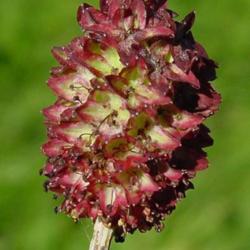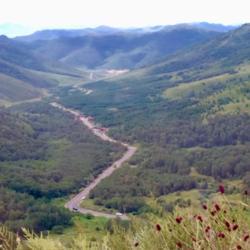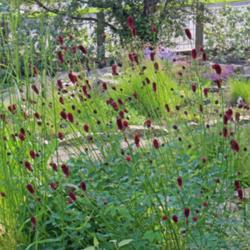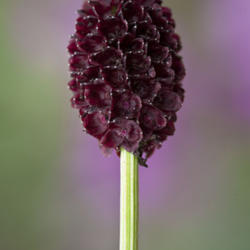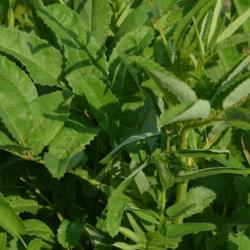| Plant Habit: | Herb/Forb |
| Life cycle: | Perennial |
| Sun Requirements: | Full Sun |
| Water Preferences: | Wet Wet Mesic Mesic Dry Mesic Dry |
| Minimum cold hardiness: | Zone 4a -34.4 °C (-30 °F) to -31.7 °C (-25 °F) |
| Maximum recommended zone: | Zone 8b |
| Plant Height: | 30-36 inches |
| Plant Spread: | 24-30 inches |
| Flowers: | Showy |
| Flower Color: | Purple |
| Flower Time: | Late spring or early summer |
| Underground structures: | Rhizome |
| Uses: | Culinary Herb Salad greens Will Naturalize |
| Edible Parts: | Leaves |
| Eating Methods: | Raw Cooked |
| Resistances: | Deer Resistant |
| Propagation: Seeds: | Self fertile |
| Pollinators: | Self Moths and Butterflies Flies Bees |
| Miscellaneous: | Tolerates poor soil |

